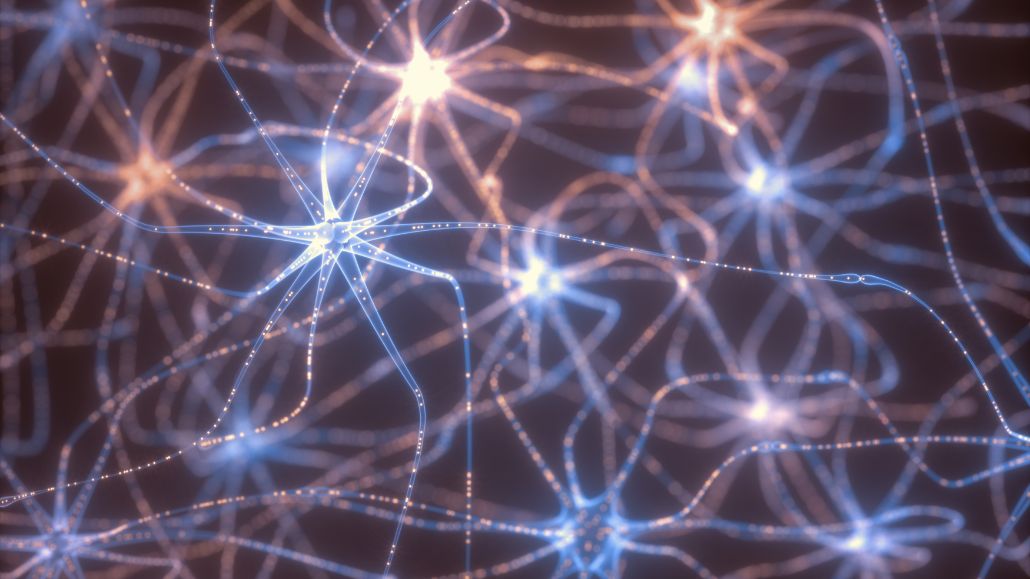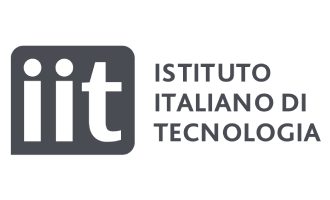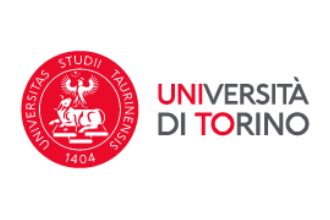WP 3.3 will explore the use of RNA molecules to treat neurodegenerative diseases caused by the pathological expansion of nucleotide repeats. While WP 3.3 aims to interfere with pathological RNA translation, it will also focus on identifying and assessing the therapeutic values of modifiers of poly(Qs) toxicity.
WP 3.4 aims to exploit non-coding RNA biology for precision medicine of neurodevelopmental disorders. Given the large heterogeneity of these diseases, WP 3.4 will focus on a specific repertory of gene mutations while searching for common dysregulated drug targets, as well as linear and circular RNA molecules with therapeutic potentials.
WP 3.5 aims to discover and assess the therapeutic use of RNAs involved in stroke and other diseases of the brain.
In summary, the WPs of Spoke 3 aim to collect preclinical data on the most promising RNAs to reach IND filings and therefore lay down the premises for clinical trials.












